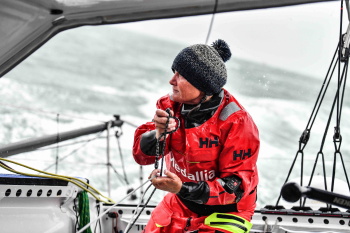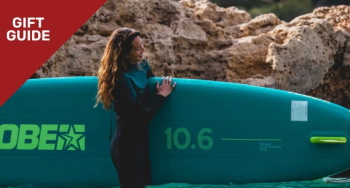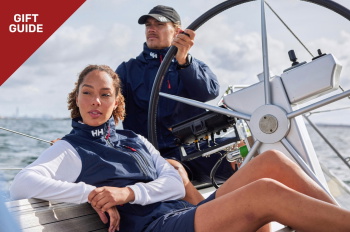Which kayak paddle should I use?
If you’re buying a new kayak, it’s important to make sure you pair it with the best paddle for you. Having the right paddle can make all the difference to your experience on the water, as it has the potential to make you a faster paddler, quicker at turning and also just generally more comfortable when paddling. To make things simple, we’ve broken it down into the key things you need to consider when buying your next paddle.
Paddle length
Figuring out the appropriate paddle size for you is relatively straightforward. As you just need to consider your own height in relation to the width of the kayak you have. The wider the kayak, the longer your paddle will need to be. Similarly, taller people will need longer paddles.
It’s important to note that putting these two factors together means that a shorter person in a wider kayak may need the same length paddle as a taller person in a narrow kayak. You can use this table to check your personal requirements:
|
Kayak width
|
Under 23”
|
24” – 28”
|
29” – 33”
|
34” +
|
|
Paddler height
|
Recommended paddle length
|
|
Under 5’5”
|
210 cm
|
220 cm
|
230 cm
|
240 cm
|
|
5’5” – 5’11”
|
220 cm
|
230 cm
|
240 cm
|
250 cm
|
|
6’ +
|
220 cm
|
230 cm
|
250 cm
|
260 cm
|
Paddling technique
There are two ways in which you can hold your paddle; at a low angle or a high one. Low angle paddling keeps the blade more horizontal and can be less fatiguing. This technique is used most commonly for long-range touring, saving energy, and in calmer waters or with wider kayaks. Paddling at a low angle favours using a long and narrow blade.
High angle paddling involves lifting the blade up more perpendicular to the kayak. This is more of a workout on the arms but with increased power in each stroke, you’ll find you’re travelling faster! This method is most suitable with a short, wide blade.
Paddle Material
There are a number of kayak materials available, but the most common are aluminium, plastic, fiberglass and wood. Here at Wetsuit Outlet, we offer aluminium, plastic and fiberglass as they are the most popular choices, due to being more durable and still very affordable.
Aluminium
Aluminium paddles are generally the cheapest paddles available, but they’re also heavier than other materials. As they’re so affordable, they’re a popular choice for anyone just starting out kayaking, but you’ll inevitably want to upgrade to something lighter once you get hooked on the sport…
Plastic
Again, plastic makes a paddle with a nice low price tag. You’ll often see that the paddle included with a kayak is a plastic one, and, like aluminium, they’re great for beginners, but not as lightweight as other materials.
Fibreglass
A more lightweight option, but still very affordable. This is a great option for kids as fibreglass paddles are pretty strong and can take a battering if its user isn’t the most careful of paddlers.
Carbon Fibre
A carbon fibre paddle is significantly lighter than the other options available, which can make a huge difference for anyone paddling long distances and getting out on the water a few times a week. However, with this benefit comes a higher price tag, so not the best choice for your first paddle, but a great option for an upgrade further down the road.
Blade size
When choosing between different blade sizes, keep in mind that although a bigger blade will generate more power and make you go faster, this only works if you have the muscle to push a bigger blade. Additionally, a bigger blade will weigh that much more than a smaller one, which, over a long journey, can result in earlier fatigue if you don’t have the upper body strength to handle it.
--
If you have any more questions about paddles and kayaking, or any other watersport, feel free to give our friendly customer service team a call.
Updated on 21st August 2019
Originally published on 10th October 2018 in Kayaking
























































 Visit the US site
Visit the US site  Weiter nach DE
Weiter nach DE